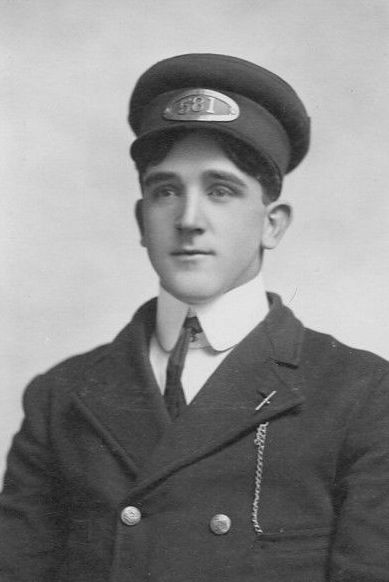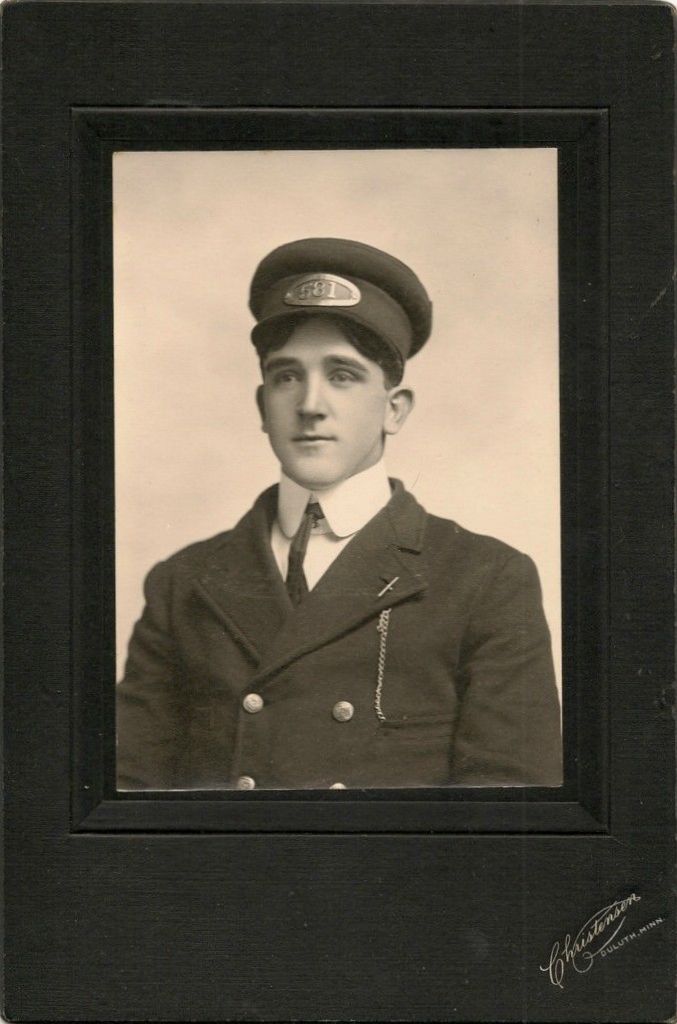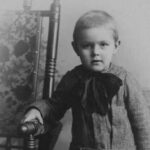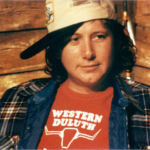Mystery Photo #99: Duluthian in uniform
Who is this guy and what’s his deal? His hat bears the number 581. The photo is from Christensen Photography of Duluth, Minn.
The Minnesota Historical Society’s Directory of Photographers lists a few possible Christensen photographers:
Hans Frederick Christensen
Worked in Minnesota during the 1910s.
Harold T. Christensen
Worked at 1915 W. Superior St., Duluth in 1940.
John O. Christensen
Worked at 25 W. Superior St., Duluth in 1897 and 1922, and another Duluth address in 1914.
Otto J. Christensen
Worked at 7 E. Superior St., Duluth in 1942.
Recommended Links:
Leave a Comment
Only registered members can post a comment , Login / Register Here
















11 Comments
Tony D.
about 5 years agoPaul Lundgren
about 5 years agoMatthijs
about 5 years agoGina Temple-Rhodes
about 5 years agoGina Temple-Rhodes
about 5 years agoGina Temple-Rhodes
about 5 years agoTony D.
about 5 years agoDavid Syring
about 5 years agoPaul Lundgren
about 5 years agoMatthijs
about 5 years agoNancy Scott Hanway
about 5 years ago